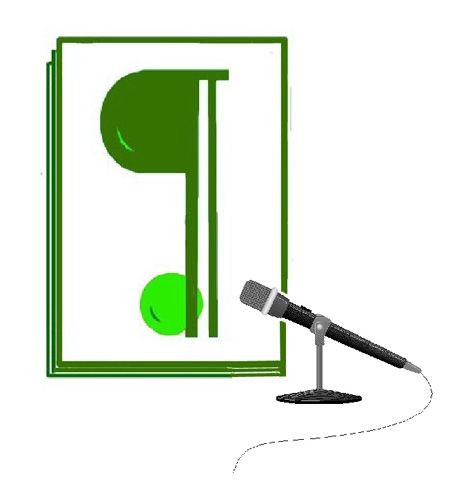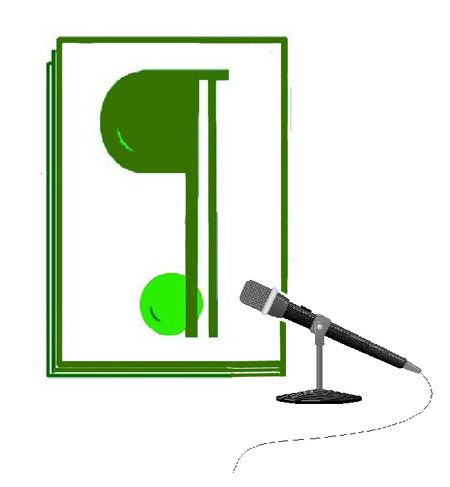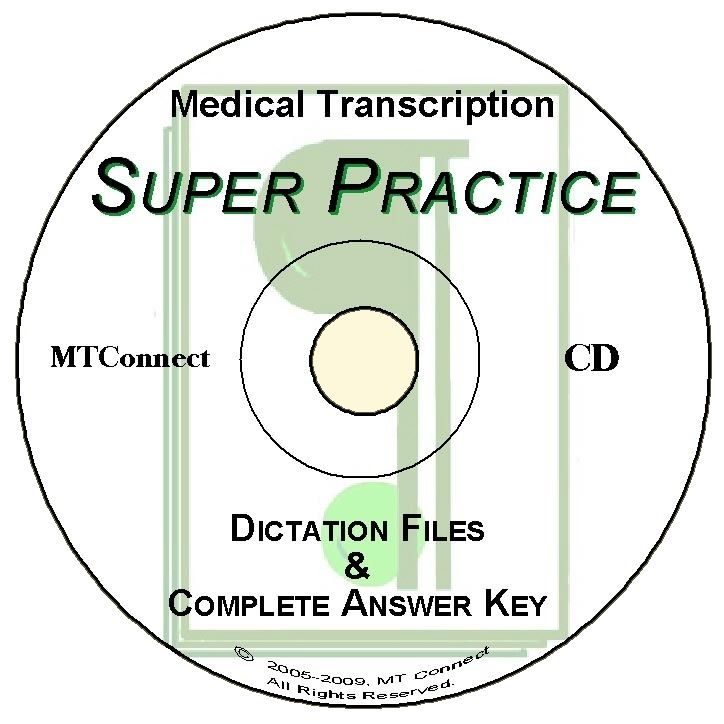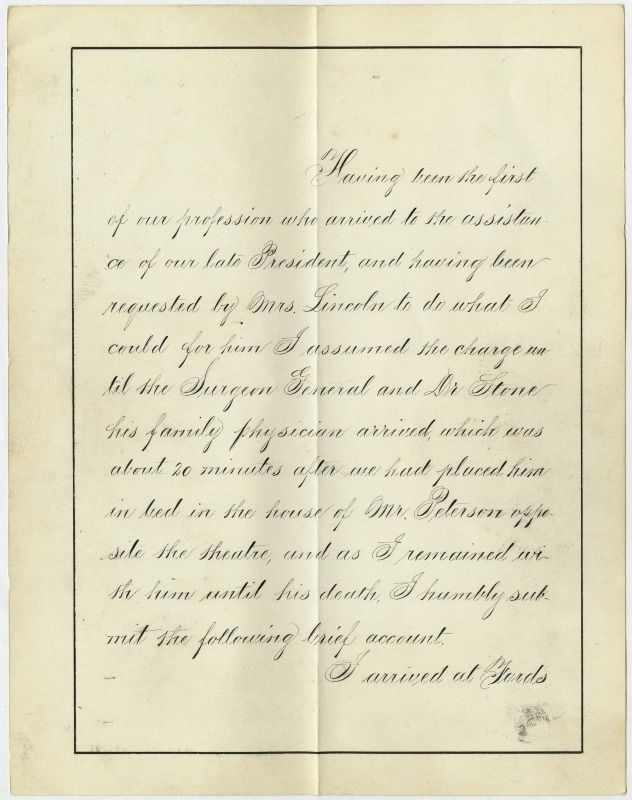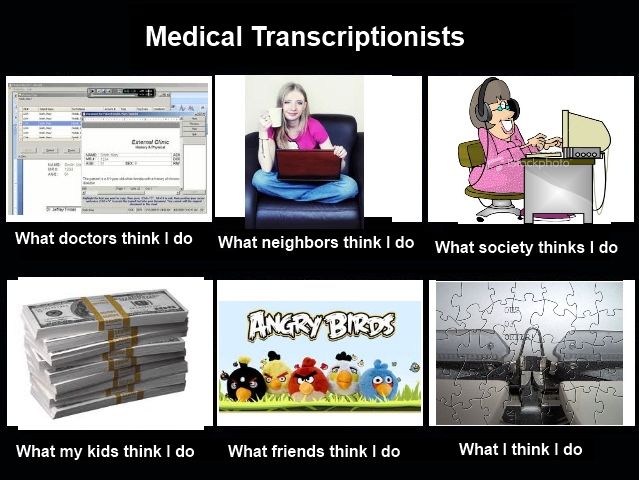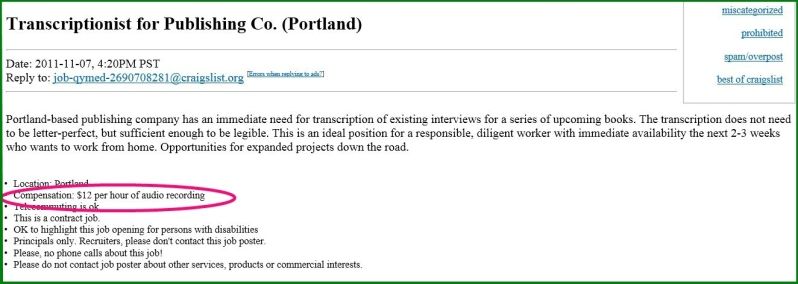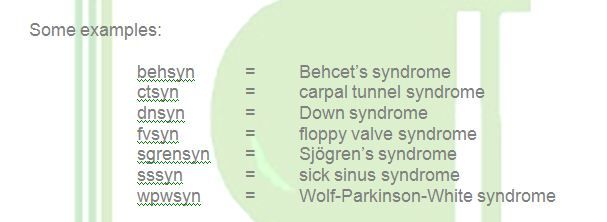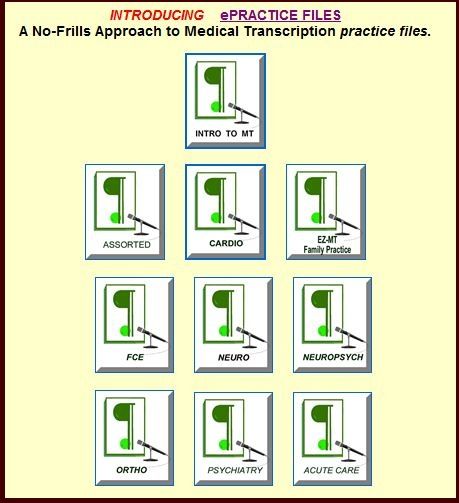It is not uncommon for those providers still dictating with handheld recorders to overwrite old dictation files with new. Occasionally files are not cleared when their usefulness has expired. Sometimes this is by design; other times this is due to neglect or oversight. The result can be confusing at best. At worst, an overwritten file can wreak havoc.
A file that is 40 minutes long may be overwritten from the start but only for 30 minutes, as an example. At the 31st minute, old dictation plays. An alert and careful transcriptionist may realize the problem because the old dictation is recognized as familiar. With knowledge and experience, a search for the existence of the remaining dictation may be revealed and then not transcribed a second time. If that file were transcribed by two different transcriptionists, then the old dictation would not be recognized. In that case (and even in the first case cited), the old dictation may begin at an odd place and therefore show itself to be incomplete and questionable, indicating an old underlying dictation file that should not be transcribed a second time.
I received a dictation file that was overwritten four times, maybe more! Each time the filename was unchanged and the length remained the same. Yet each file contained different information. The first time, the dictation ran the full length of the file. Each subsequent dictation session ran shorter and shorter. The file was certainly a time-consuming mess to unravel. Determining that the file was in fact new somehow, and then where the latest stopping point actually was, became a project in itself.
It is important to remind each provider’s office to erase old dictation upon completion. This reminder could possibly be placed on every invoice. Even so, the scenario will play again.
Never ASS-U-ME! It will make an ASS out of U and ME.
